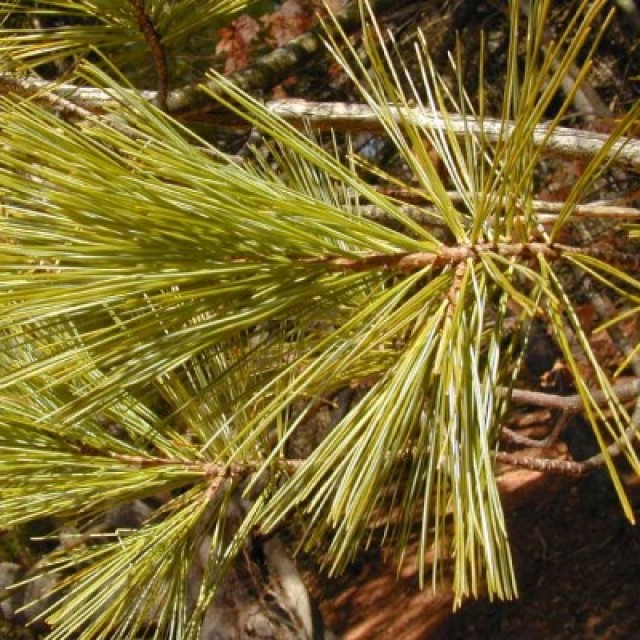COMMON NAME
Eastern white pine
SCIENTIFIC NAME
Pinus strobus
ALSO KNOWN AS
Northern white pine, Soft pine, White pine
Plant family
Pine (Pinaceae)
Plant group
Conifers
851 reports
Identification hints
White pines are distinct in having needles in clusters of 5 that are about 5 inches long. Pinyon pines can also have 5 needles but have shorter stiffer needles and rigid cone scales. Eastern white pine is distinct in having slender needles, and long cones with thin flexible scales. It is very similar to western white pine, but has smaller cones averaging 12 cm (5 in) as contrasted with western white pine which has cones almost twice as large 24 cm (10 in). Both are common ornamentals.
Did you know?
During the age of sail, eastern white pine was valued for masts. In colonial times, many trees were marked with a broad arrow reserving them for use by the British Royal Navy. Today, wood from the eastern white pine is used for cabinets, toys, boxes, and similar items. It is frequently used for windbreaks.
- 2021 Chicago Botanic Garden. All Rights Reserved.
-
Creative Commons
BY-NC-SA 4.0 - Terms of Use
- Privacy Policy
- Data Sharing and Citation Policies
- 2021 Chicago Botanic Garden. All Rights Reserved.



